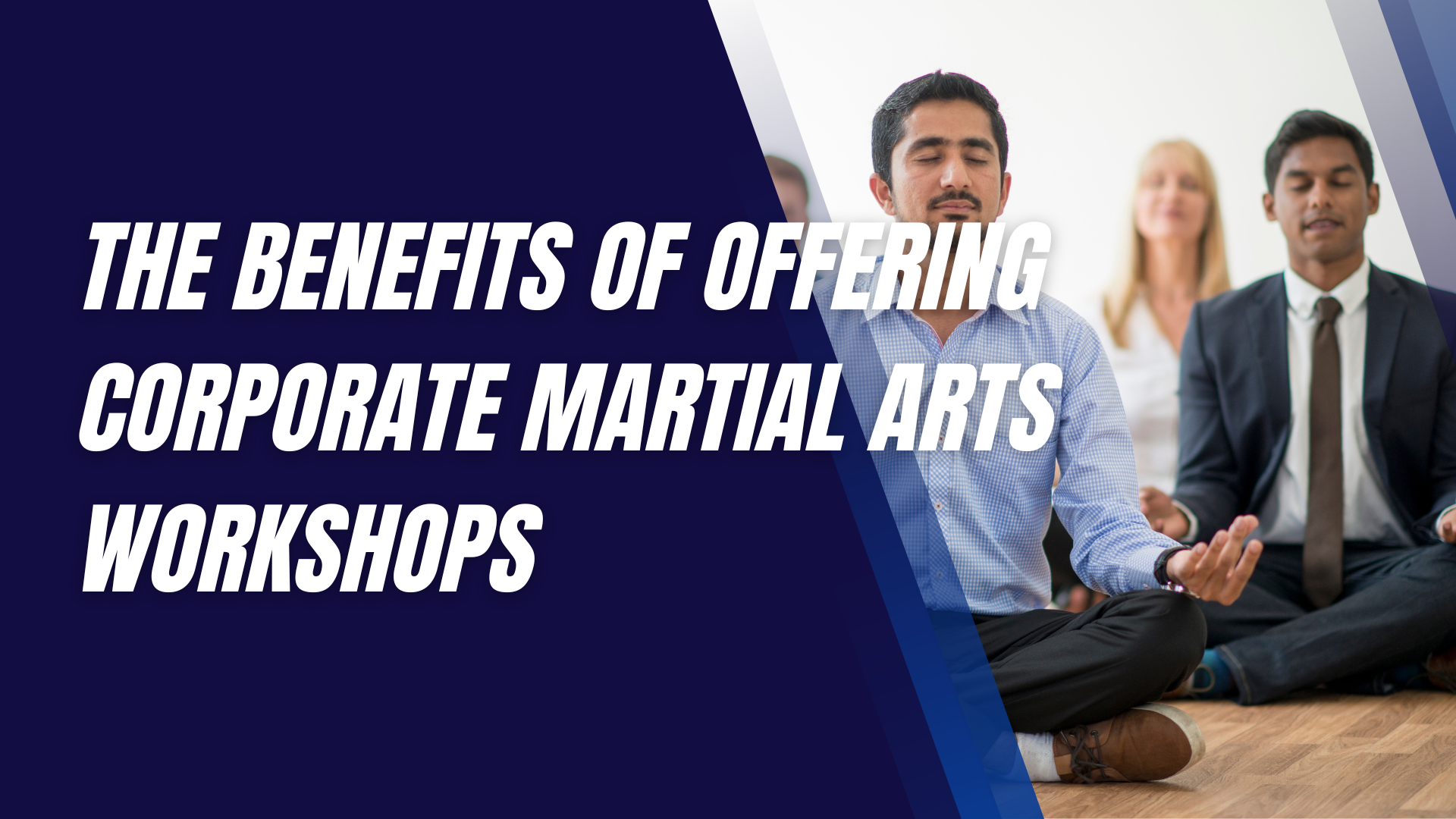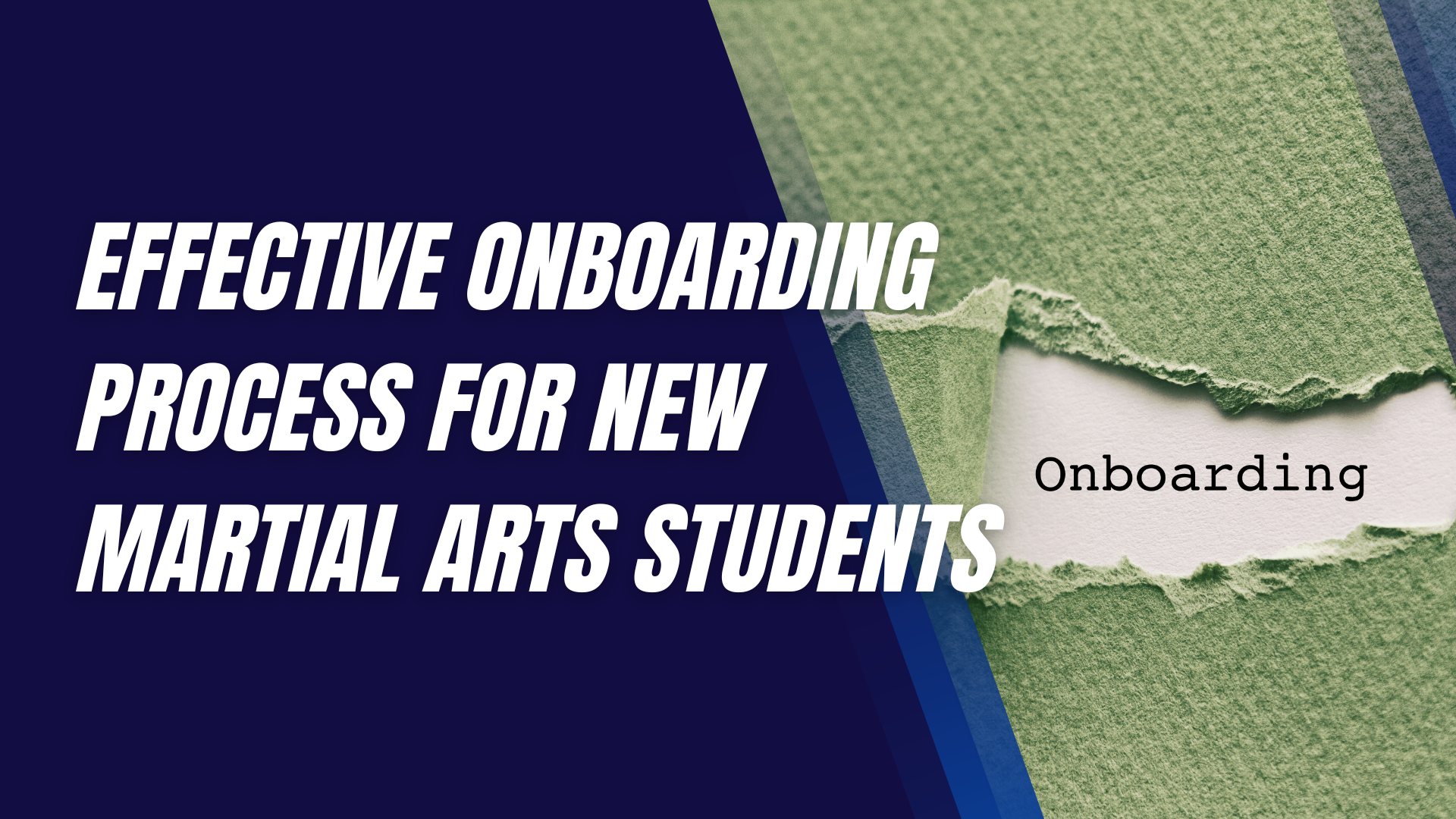How to Maintain Training Intensity in Martial Arts During Recovery
Maintaining the delicate balance between pushing yourself and allowing your body to recover is crucial for martial artists.
Whether you're a seasoned practitioner or just starting out, recovery is as essential as the training itself. In this article, we'll dive into how you can maintain your training intensity even when you're in the midst of recovery. We'll explore strategies that allow you to stay sharp without pushing your body beyond its limits.
Understanding the Recovery Process
The Science Behind Muscle Recovery
Muscle recovery is a complex process that involves repairing the micro-tears in your muscles that occur during intense training. This repair process is what leads to muscle growth and improved strength. However, without proper recovery, these micro-tears can accumulate, leading to fatigue, decreased performance, and even injury.
During recovery, your body undergoes several phases. Immediately after training, the acute recovery phase begins, lasting a few hours. During this time, your body starts repairing the muscle damage. The delayed recovery phase can last several days, where muscle strength and performance gradually return to normal. Understanding these phases can help you optimize your training schedule to avoid overtraining.
The Impact of Overtraining
Overtraining occurs when you push your body too hard without giving it sufficient time to recover. The signs of overtraining include chronic fatigue, decreased performance, persistent muscle soreness, and a weakened immune system. If ignored, overtraining can lead to serious injuries and long-term setbacks in your martial arts journey. Recognizing these signs early on is crucial to prevent burnout and ensure that you can continue training at your peak.
The Importance of Recovery in Martial Arts
Why Recovery is Crucial for Martial Artists
For martial artists, recovery isn't just about avoiding injury—it's about ensuring longevity in the sport. Martial arts require a high level of physical and mental exertion. Without adequate recovery, you risk not only physical injuries but also mental burnout. Taking the time to recover properly allows your body to repair itself, making you stronger and more resilient.
Psychological Benefits of Recovery
Recovery isn't just physical; it's mental as well. Taking time off from intense training allows your mind to reset, reducing the risk of burnout. Mental fatigue can be just as debilitating as physical exhaustion. By incorporating recovery into your routine, you can maintain your motivation and focus, ensuring that you're mentally prepared for your next training session.
Maintaining Training Intensity While Recovering - Low-Impact Training Techniques
Even during recovery, it's possible to maintain your training intensity by focusing on low-impact techniques that keep you sharp without straining your body.
Shadowboxing and Visualization
One effective method is shadowboxing combined with visualization. Shadowboxing allows you to practice your techniques without the physical contact and strain that comes with sparring. Visualization, on the other hand, involves mentally rehearsing your moves. This technique is powerful—by picturing yourself performing your techniques flawlessly, you can maintain your muscle memory and refine your skills even when you're not physically exerting yourself.
Light Sparring and Drills
Light sparring and partner drills can also be beneficial. By focusing on technique rather than power, you can keep your form sharp while giving your body a chance to heal. These drills emphasize precision and control, allowing you to maintain your training intensity without pushing your body too hard.
Strength and Conditioning During Recovery
Maintaining strength and conditioning during recovery doesn't have to be intense. Incorporating low-impact exercises can help you stay fit while allowing your body the time it needs to recover.
Mobility and Flexibility Exercises
Mobility and flexibility exercises, such as yoga or dynamic stretching, can be particularly effective. These exercises help maintain your range of motion and prevent stiffness, which is essential for martial artists. By keeping your joints and muscles flexible, you reduce the risk of injury when you return to full-intensity training.
Bodyweight Exercises
Bodyweight exercises are another great option during recovery. Movements like push-ups, planks, and squats can be adjusted to suit your current energy levels and physical condition. These exercises help maintain your strength without placing too much strain on your recovering muscles.
Mental Training
Maintaining mental sharpness is just as important as physical conditioning, especially during recovery periods.
Meditation and Breathing Techniques
Meditation and breathing techniques can help you enhance your focus and relaxation. These practices are not only great for mental clarity but also help manage pain and discomfort associated with recovery. By controlling your breath, you can reduce stress and aid in your body's natural healing processes.
Visual and Tactical Drills
Engaging in visual and tactical drills is another way to keep your mind sharp. This could involve watching fight videos, analyzing techniques, and developing strategies. By staying mentally engaged, you ensure that you're ready to apply these strategies once you're back in full training mode.
Nutrition and Hydration for Optimal Recovery
Importance of Proper Nutrition
Nutrition plays a vital role in recovery. Your body needs the right fuel to repair muscles and replenish energy stores. Protein is essential for muscle repair, while carbohydrates help restore glycogen levels. Including anti-inflammatory foods like berries, nuts, and leafy greens in your diet can also aid in the recovery process, reducing muscle soreness and speeding up healing.
Hydration Strategies
Hydration is just as important as nutrition. Staying well-hydrated ensures that your muscles and joints are lubricated, reducing the risk of cramps and injuries. It's essential to drink plenty of water and consider incorporating electrolyte-rich drinks to replenish lost minerals, especially after intense sessions.
Listening to Your Body
Recognizing the Signs of Adequate Recovery
One of the most important aspects of maintaining training intensity during recovery is learning to listen to your body. Pay attention to your energy levels, mood, and physical cues. If you're still feeling fatigued or sore, it might be a sign that you need more time to recover before ramping up the intensity again.
When to Consult a Professional
If you experience persistent pain or discomfort that doesn't improve with rest, it may be time to consult a professional, such as a physiotherapist or a sports trainer. They can help you identify any underlying issues and develop a recovery plan tailored to your needs, ensuring that you can return to training safely.
Creating a Balanced Training and Recovery Plan
Structuring Your Weekly Routine
Creating a balanced training and recovery plan is key to maintaining intensity without risking overtraining. A well-structured routine should include a mix of high-intensity training, low-impact exercises, and dedicated recovery days. This balance allows you to maximize your training while giving your body the rest it needs to perform at its best.
Adapting Training Based on Recovery Status
Your training plan should be flexible enough to adapt based on your recovery status. If you're feeling particularly fatigued, consider reducing the intensity of your sessions or focusing more on recovery activities like stretching and light drills. The key is to listen to your body and adjust your training accordingly.
Final Thoughts
Maintaining training intensity during recovery in martial arts requires a thoughtful approach that balances exertion with rest. By incorporating low-impact exercises, mental training, proper nutrition, and flexibility into your routine, you can stay sharp and continue to progress, even while allowing your body the time it needs to heal. Remember, recovery isn't a sign of weakness—it's an essential part of becoming a stronger, more resilient martial artist.
Interested in trying a martial arts class? Find an affiliated academy anywhere in the country by clicking here.
Have your own martial arts program? Get to know more about what we have to offer at Ground Standard Agency for helping martial arts businesses grow.
Email us at info@groundstandard.com, or call and text us at (732) 907-8920 today to learn how to start growing your own academy, school, dojo, or gym with us as well.
Share this article












